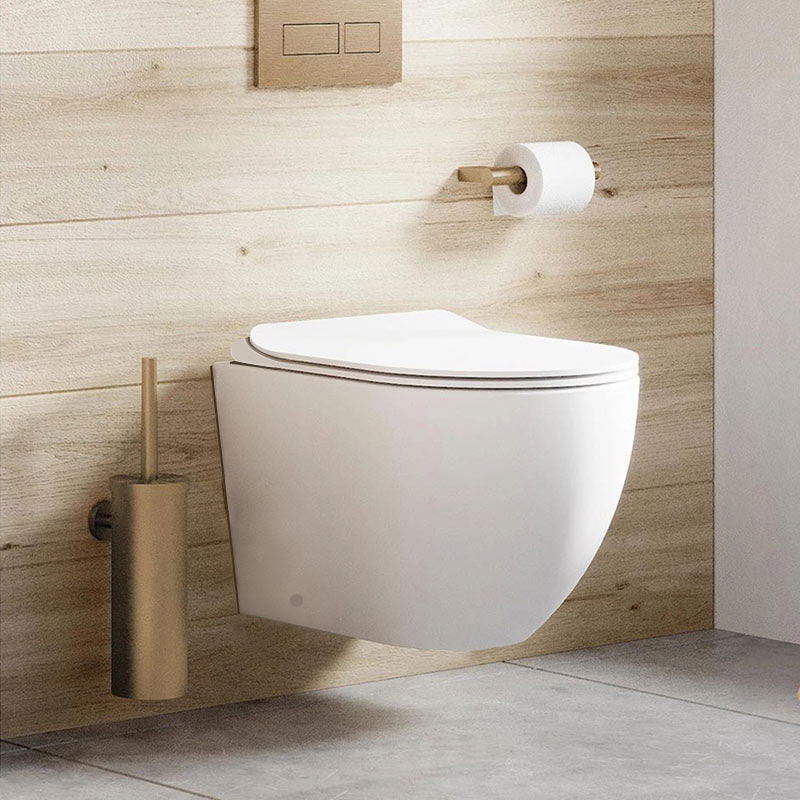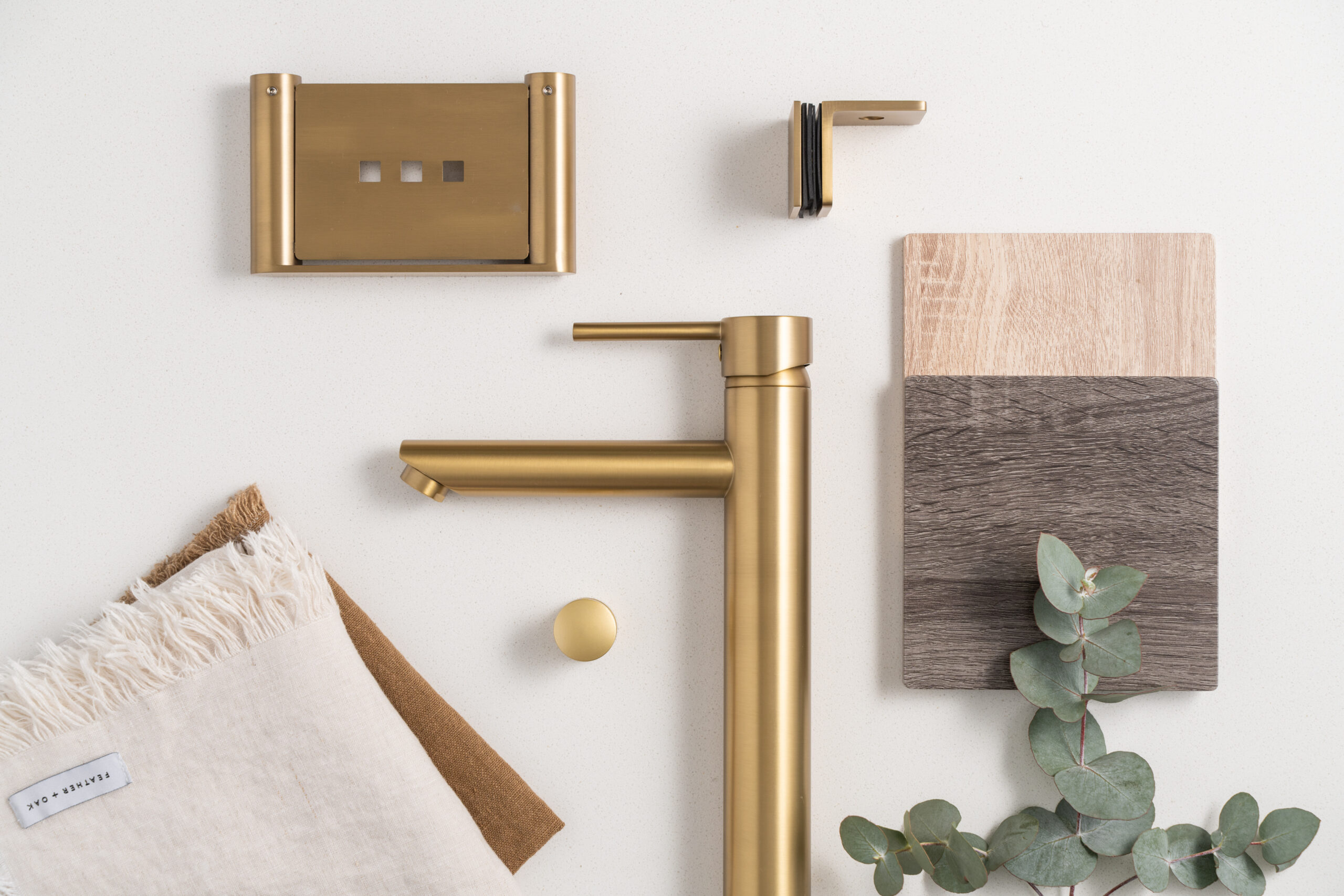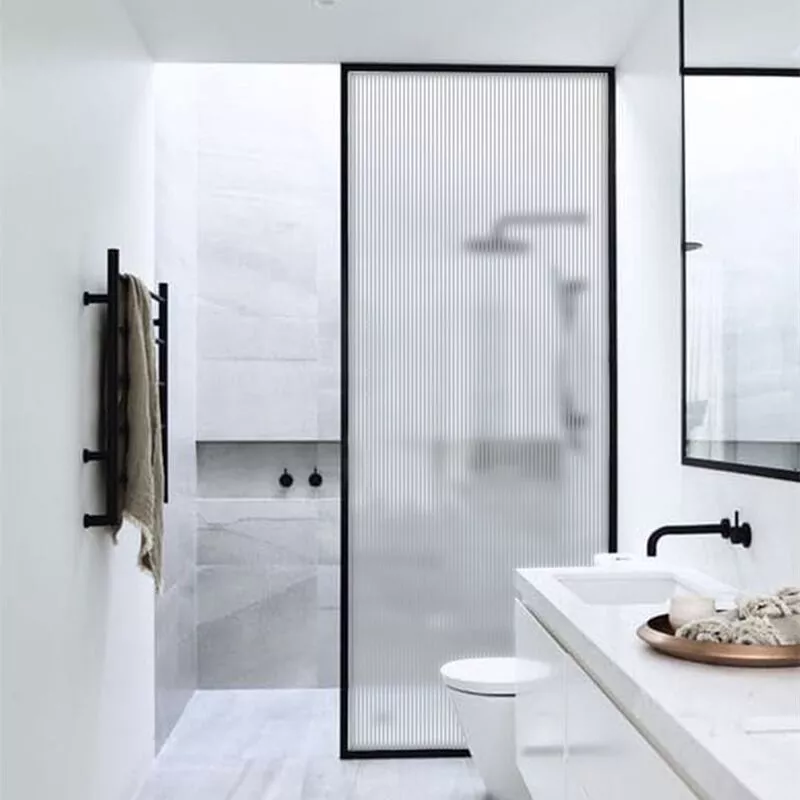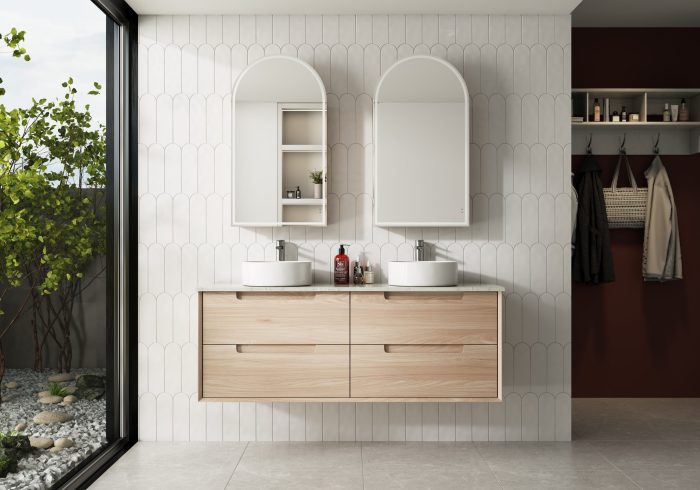Is your toilet malfunctioning or outdated, and you’re considering replacing it with a new one? Before you start shopping, it’s important to consider toilet replacement cost. In this article, we’ll cover everything you need to know about the toilet replacement cost, as well as toilet suites, outlets, and installation. By understanding these factors, you can make an informed decision when choosing and installing a new toilet that suits your needs and budget.
What type of toilet suite?

Toilet suites come in different shapes, sizes, and designs. The most common types are close-coupled, back-to-wall, wall-faced, and corner toilets. Close-coupled toilets are the most traditional and consist of a separate cistern and pan that sit close together. Back-to-wall and wall-faced toilets are more modern and have a concealed cistern that’s mounted on the wall. Corner toilets are a great space-saving option for smaller bathrooms.
What type of toilet outlet do you have?
Toilets can have either a P-trap or an S-trap outlet. P-trap toilets have a waste pipe that goes through the wall, while S-trap toilets have a waste pipe that goes through the floor. It’s important to check the type of outlet your current toilet has before purchasing a new one, as this will affect the installation process and cost.
How much does a toilet cost?
The cost of a new toilet can vary greatly depending on the type, brand, and features. A basic close-coupled toilet suite can cost anywhere from $200 to $500, while more advanced models with features like soft-close seats, dual flush systems, and rimless bowls can cost upwards of $1000 or more. When considering the cost, it’s important to keep in mind that investing in a more expensive model may lead to greater long-term cost savings.
How much does toilet installation cost?
Toilet installation costs can vary depending on several factors, such as the type of toilet, the type of outlet, and the complexity of the installation process. On average, the cost of installation can range from $150 to $500. More complicated installations, such as changing the location of the toilet, can cost significantly more. It’s essential to factor in the cost of installation when budgeting for a new toilet.
Conclusion
Replacing an old or malfunctioning toilet can greatly improve your daily life and even save you money in the long run. By understanding the different types of toilet suites and outlets available, as well as the associated costs, you can make an informed decision when it comes to choosing and installing a new toilet. Whether you’re looking for a basic close-coupled toilet or a more advanced model with modern features, there’s a toilet out there that’s perfect for your needs and budget.
FAQ
Is it cheaper to fix a toilet or replace it?
In some cases, regarding toilet replacement cost, it may be possible to repair a toilet instead of replacing it, especially if the issue is a minor one like a leaky seal or a broken flush button. However, if the toilet is old, outdated, or has significant damage, it’s often more cost-effective to replace it entirely. A plumber can provide a professional opinion on whether repair or replacement is the best course of action.
How often should a toilet be replaced?
There’s no set timeline for when a toilet should be replaced, as this can vary depending on factors like usage, maintenance, and overall wear and tear. However, as a general rule of thumb, most toilets can last anywhere from 10 to 20 years with proper care and maintenance. If your toilet is experiencing frequent breakdowns or is no longer functioning properly, it may be time to consider a replacement.
It’s important to note that older toilets may use more water, which can increase your water bill over time. Newer models, on the other hand, often come with water-saving features like dual flush systems or low-flow options, which can lead to significant water savings and cost savings over time.
When it comes to choosing a new toilet, it’s also important to consider factors like ease of cleaning and comfort. Rimless toilets, for example, are easier to clean and can provide better hygiene, while toilets with soft-close seats can be more comfortable and quieter.
In conclusion, replacing a toilet can greatly improve your daily life and save you money in the long run. By understanding the different types of toilet suites and outlets available, as well as the associated costs and installation, you can make an informed decision when it comes to choosing and installing a new toilet. Don’t hesitate to consult with a professional plumber if you have any questions or concerns about the process.




